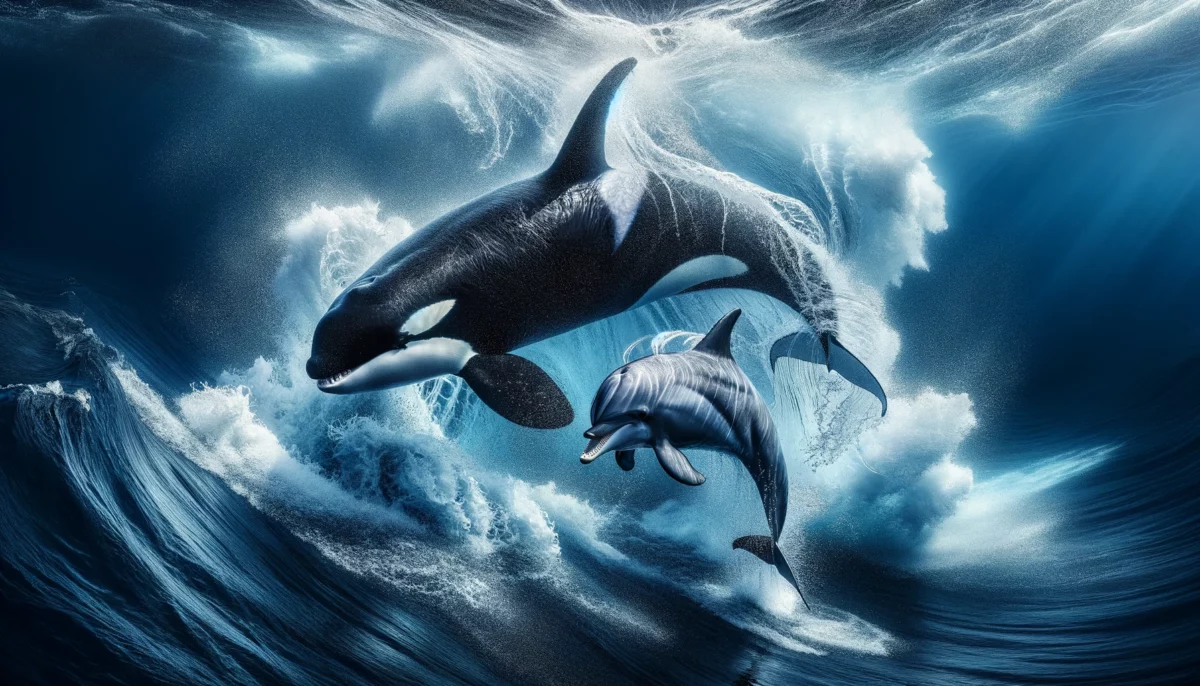Orcas, often called killer whales, are one of the ocean’s most fascinating and formidable predators. These marine mammals are known for their striking black-and-white appearance, intelligence, and complex social structures. In this article, we’ll explore the intriguing world of orcas, their behaviors, diet, communication, conservation status, and a remarkable event captured in a video that has captured the attention of many.
Orca Kills A Dolphin Then Swims Past Swimmers
A recent video on Instagram showcases an orca’s raw power and predatory skills. In the video, an orca kills a dolphin, then swims past unsuspecting swimmers.
This event highlights the orca’s role as a natural predator. It also reminds us of the wild nature of our oceans.
Encounters like these, rare and powerful, offer a glimpse into the lives of orcas in their natural habitat.
The Social Structure of Orcas
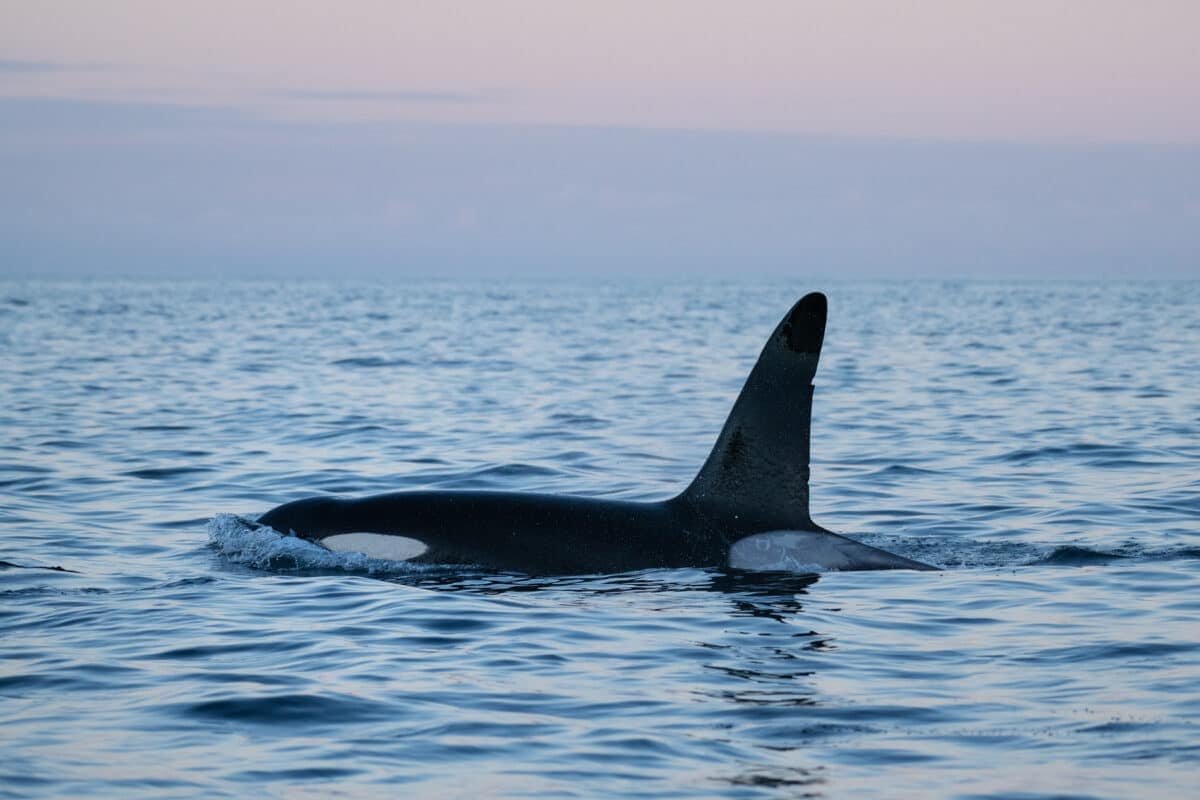
Orcas live in tight-knit family groups known as pods. These pods are matriarchal, meaning an older female leads them.
The bonds within a pod are strong and lifelong. Pod members communicate through a unique set of sounds, which can be considered their own dialect.
Hunting Tactics and Diet
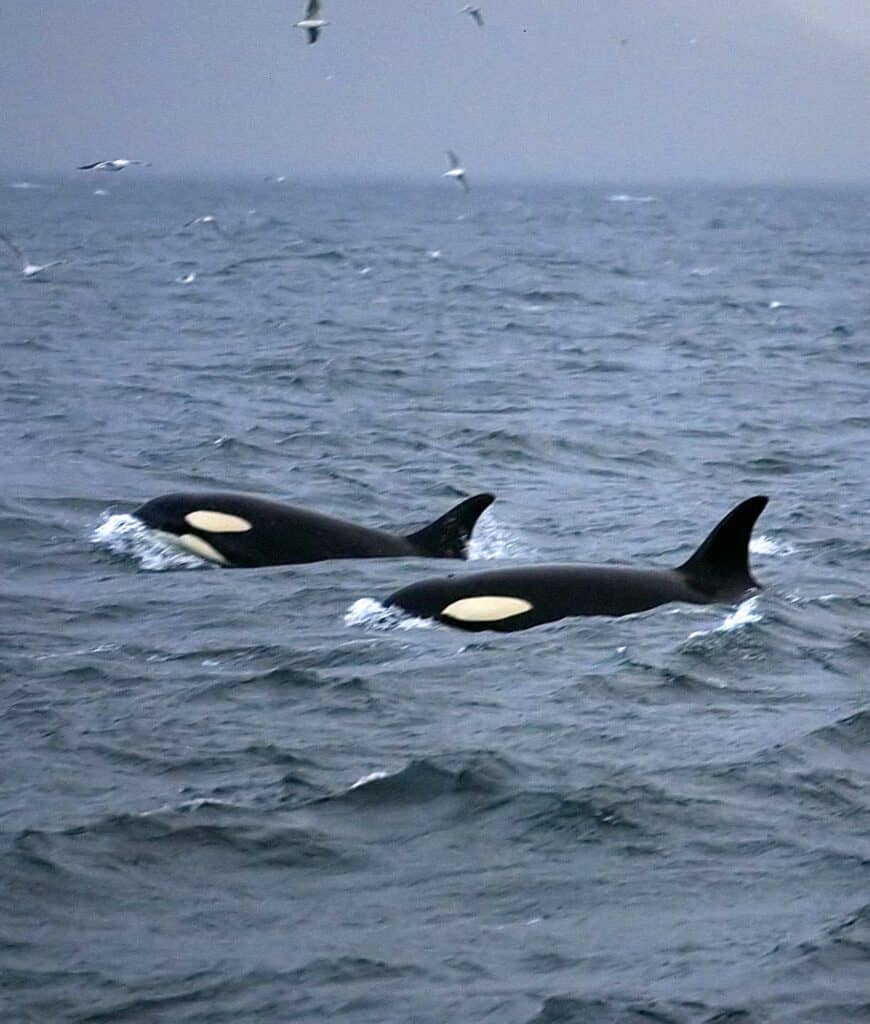
Orcas are apex predators. This means they are at the top of the food chain.
Their diet varies depending on their environment, including fish, seals, and even other whales. Orcas use sophisticated hunting tactics.
They often work together to catch their prey, showcasing their intelligence and cooperation.
The Language of the Seas
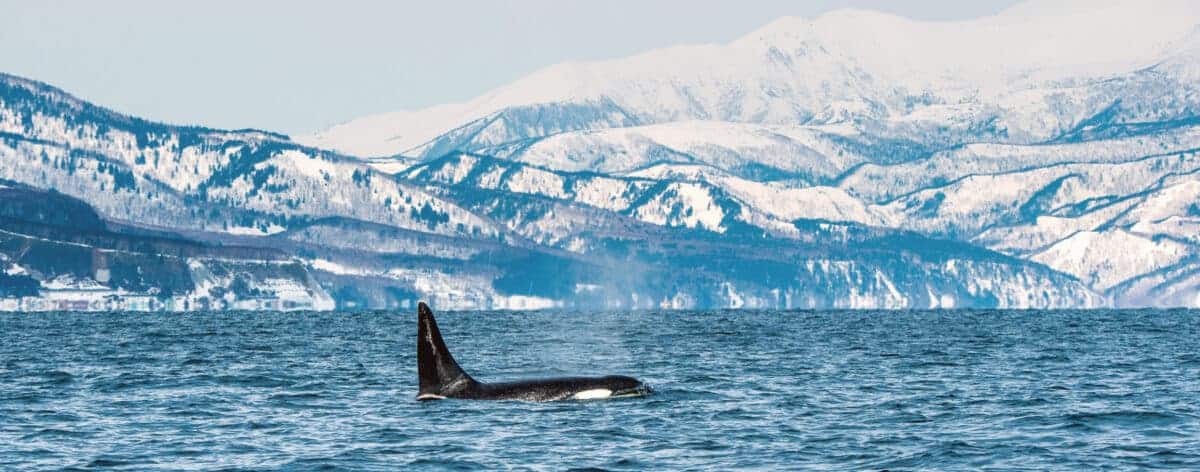
Communication is key in orca societies. They use a variety of clicks, whistles, and pulsed calls to communicate.
These sounds serve multiple purposes, from coordinating hunting efforts to maintaining social bonds. Each pod has its unique sounds, akin to human languages.
Protecting the Ocean Giants
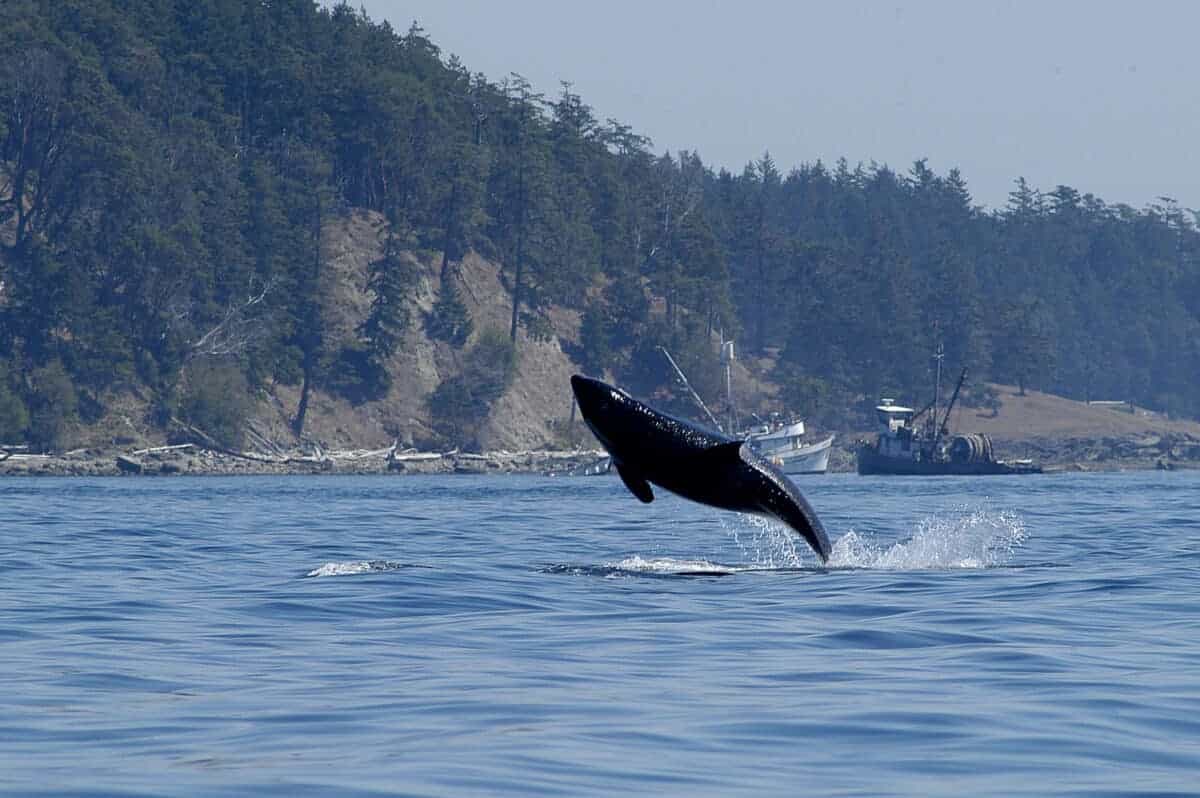
While some orca populations are stable, others face threats from pollution, declining prey populations, and captivity.
Conservation efforts are crucial to ensure the survival of these magnificent creatures.
Protecting their natural habitats and reducing human-made threats are steps toward safeguarding orcas for future generations.
A Complex Relationship
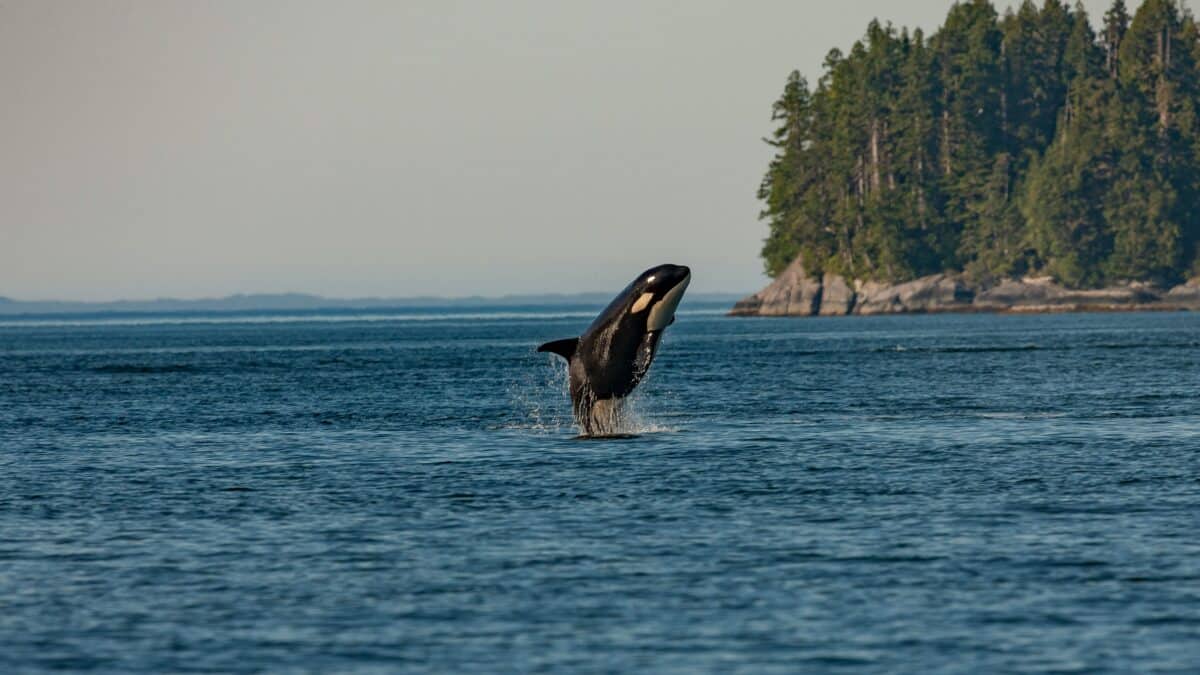
Orcas have long fascinated humans. However, our relationship with them has been complex.
While some cultures revere orcas, in other contexts, they have been hunted or captured for entertainment.
It’s crucial to foster a respectful coexistence with these majestic marine mammals.
Conclusion
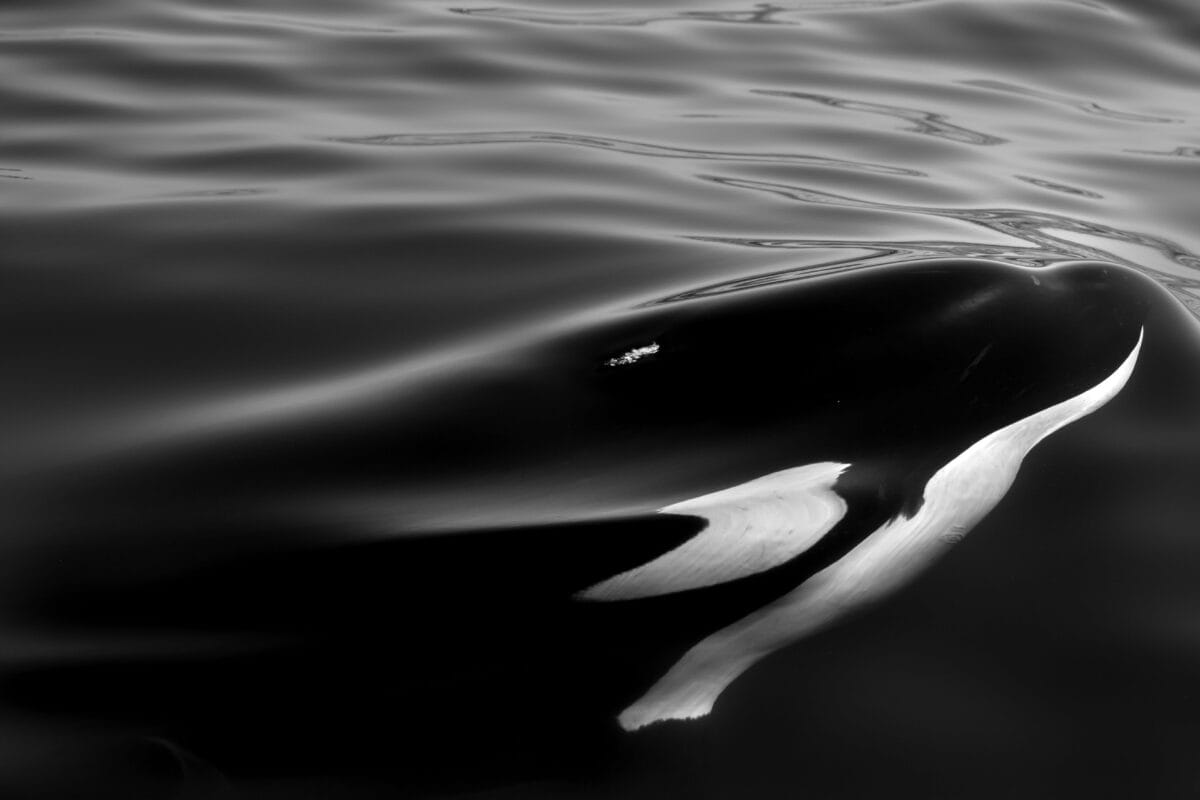
Orcas, with their beauty and power, remind us of the wildness that still exists in our world.
They teach us about the complexity of nature’s food chains and the importance of every creature’s role within it.
The video of an orca’s encounter with a dolphin and then swimming past humans serves as a poignant reminder.
It shows the delicate balance between humans and nature. As we marvel at these majestic creatures, let’s also remember our responsibility.
We must protect their habitats and ensure the oceans remain a place where orcas can thrive for generations to come.
To read more stories like this, check out the articles below:
- Watch: A Man Dives with 50 Orcas in Norway
- In Unison: Watch Orcas Orchestrate a Three-Seal Hunt
- Orcas Swim Alongside A Boat Off The Coast Of Cape Town
Join our Forum for free today!

- Brown Bear Approaches And Wiggles His Foot - July 22, 2024
- Mountain Biker Has An Extremely Close-up Encounter With a Wild Giraffe - July 22, 2024
- Eagle Flies Into a Moving Car - July 21, 2024

